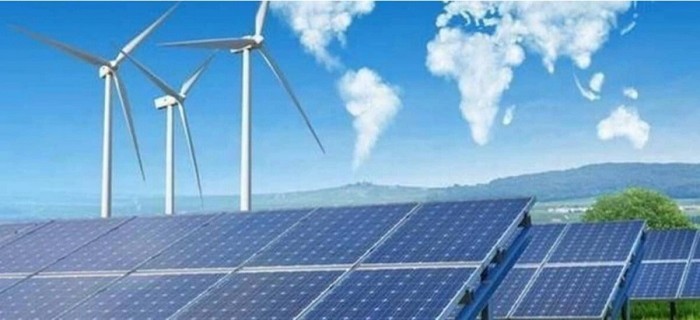
Renewable energy sector to attract $25 billion in investments in 2023
With over USD 25 billion or ?2 lakh crore in planned investments in India for using sunlight, water, and air to produce energy, the focus has shifted to renewable energy as an oil price shock threatens to topple economies worldwide.In addition to reducing imports, switching to renewable energy is seen as a way to reduce carbon footprint and achieve net-zero goals. In order to achieve its ambitious goal of 500 Gigawatt (GW) of renewable capacity by 2030, the government vigorously promoted the adoption of electric vehicles, the production of green hydrogen, the manufacturing of solar equipment, and the development of energy storage in 2022.
To reach its 500 GW goal by 2030, India would have to continuously add at least 25 GW of renewable energy capacity every year for eight years. India currently has about 173 GW of clean energy capacity based on non-fossil fuels, including 62 GW of solar, 42 GW of wind, 10 GW of biomass, 5 GW of small hydro, 47 GW of large hydro, and 7 GW of nuclear power. R K Singh, the Union Minister for Power, told PTI that in 2023, investments in the renewable energy sector could total around USD 25 billion.

.gif)
.jpeg)
leave your comment